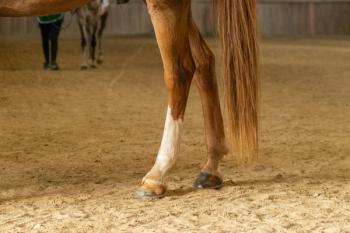
Practical management of hip dysplasia (Part 2): Surgery and medical management (Proceedings)
Canine hip dysplasia is a very common orthopedic condition and every small- or mixed-animal practitioner will see cases. Despite this, the management of this syndrome can be frustrating and confusing to the clinician as well as the client. Questions about prognosis, what surgery to recommend (and when), various aspects of medical management and more are difficult to answer definitively.
Canine hip dysplasia is a very common orthopedic condition and every small- or mixed-animal practitioner will see cases. Despite this, the management of this syndrome can be frustrating and confusing to the clinician as well as the client. Questions about prognosis, what surgery to recommend (and when), various aspects of medical management and more are difficult to answer definitively. This session and the previous one will address these topics from the standpoint of the general practitioner working in a challenging economic climate. This second session will cover the surgical and medical options and provide a framework to select logical treatment plans.
Conservative versus surgical treatment
Once the decision to treat has been made, the clinician must choose to recommend either conservative or surgical therapy. This session will briefly review the rationale to pursue one route or the other.
Conservative management
Conservative management of hip dysplasia is directed largely at managing pain and disability and slightly at preventative measures. The primary components of conservative management are physical methods (rehabilitation, weight control, exercise), drug therapy (nonsteroidals, neutraceuticals, etc) and monitoring. Each component will be discussed. Participants with additional interest are directed to the session in this conference covering arthritis management.
Surgical options
A variety of surgical options have been advocated to assist in the management of hip dysplasia including hip replacement, triple pelvic osteotomy, femoral head excision, pelvic denervation, and juvenile pubic symphysiodesis. In this session on practical management, the emphasis of the discussion will be on those procedures easily performed by most general practitioners.
Newsletter
From exam room tips to practice management insights, get trusted veterinary news delivered straight to your inbox—subscribe to dvm360.





